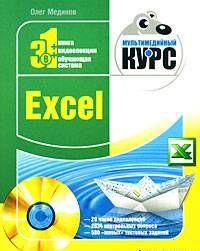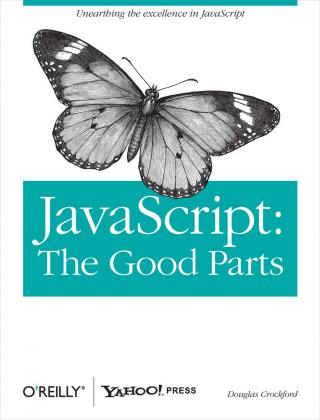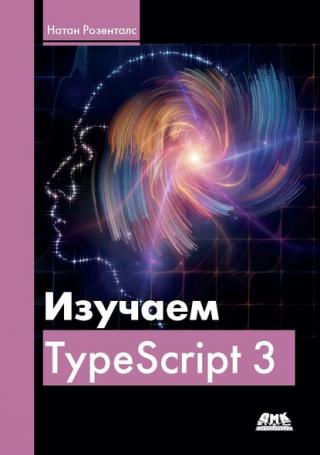
Аннотация
In 2006, when Eben Upton and the other founders of the Raspberry Pi Foundation looked at the state of computer science (CS) programs at universities, they were dismayed. Such programs were being reduced to “CS 101: How to Operate Microsoft Word” and “CS 203: Optimize Your Facebook Page.” Nobody, they realized, was learning how to program anymore, least of all before they entered college. So they hatched a plan—create a small, cheap computer that kids could learn to program on, like the Amigas, Spectrums, and Commodore 64s of yesteryear. They put an ARM processor on a board, gave it (eventually) 512MB of RAM and a VideoCore GPU, and allowed users to interface with it using a USB keyboard and mouse and an HDMI output. To make it easy to program, they designed it with Python in mind—a powerful, easy-to-learn language.
And thus the Raspberry Pi was born.
I wrote my first program in BASIC on a Commodore VIC20, longer ago than I care to admit. At 5KB of RAM, it had less processing power than many of today’s microcontrollers, but I was still able to write a simple maze game on it, saving my progress as I went along to a cassette-tape drive.
In the years since, I’ve traversed my way through the different computing platforms, from Windows 3.1 to Macintosh OS 8 to Linux, my OS of choice.
It had been a long time since I was truly excited by a computer; the Pi was a breath of fresh air in a stale computing environment. Not only was it small and cheap, but it was also easy to get it to interact with the physical world—a real boon for anybody like me who was interested in designing and building physical systems. So, when I heard about its release, I signed up for the shipment like about a trillion other hobbyists/hackers/engineers and waited impatiently for mine to be delivered. Then, I started building stuff with it and writing about it, and I never looked back.
If you’ve bought (or were gifted) a Pi, but aren’t sure how to get started with it, this book is for you.
If you’ve got a Pi but aren’t sure about what you can or want to do with it, this book is for you.
If you’re even considering buying a Pi, for yourself or someone else, but haven’t yet because you keep wondering “What’s it good for?” or “Why not buy an Arduino?” then this book is definitely for you.
This book isn’t meant to be a textbook on Python, nor is it an exhaustive exploration of the Raspberry Pi and everything it can do. But it is meant to be a fun getting-started guide to this nifty little computer, in all of its possible permutations. I hope that after working through this book you’ll have an understanding of everything you can do with this little board when you mix it with some ingenuity and creativity.
If you want to work through the projects in order, feel free. If you’d rather skip around, doing only those projects that interest you, do that.
Along the way, I hope you develop a familiarity with Python and Linux and the Pi that will enable you to continue on, building projects as you go, and perhaps inspiring others the way I hope to inspire you. Above all, I hope you enjoy the book and its projects. It was truly a blast to write. I always love hearing about your projects; you can reach me through the publisher or via Twitter: @wolfram_donat.
Happy computing!



![Few books on software project management have been as influential and timeless as The Mythical Man-Month. With a blend of software engineering facts and thought-provoking opinions, Fred Brooks offers insight for anyone managing complex projects. These essays draw from his experience as project... The Mythical Man-Month: Essays on Software Engineering [Anniversary Edition]](https://www.rulit.me/data/programs/images/the-mythical-man-month-essays-on-software-engineering-annive_492687.jpg)




Комментарии к книге "Learn Raspberry Pi Programming with Python"